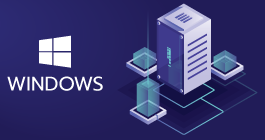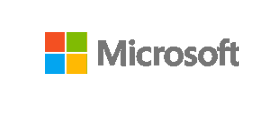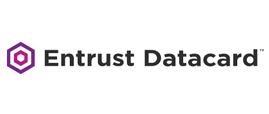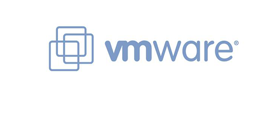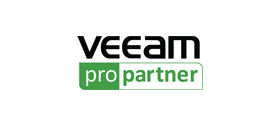-
Welcome to My Website
This is a text box. Write your own content here. This is an excellent place for you to add a paragraph.
Netway Support Center
เราพร้อมบริการคุณ ตลอด 24 ชั่วโมง
Payment & Invoices
Products Knowledge










Zendesk




Other Cloud Products
Technical Knowledge
Website/Install Application & FTP
Linux Technical Knowledge
Windows Technical Knowledge
Database
Blog list (8)
How to create a subdomain in cPanel
How to create a subdomain in cPanelThis demo assumes you've already logged in to cPanel, and are starting on the home screen.Now let's learn how to create a subdomain.Click the Subdomains icon.Enter the prefix of your new subdomain.A directory name the same as your subdomain prefix will automatically appear... although you can change this if you want.Click the Create button.That's it! A new subdomain has been created.This is the end of the tutorial. You now know how to create subdomains in cPanel.Make sure the domain name your subdomain will be associated with is selected.A new folder called clients has also been created, which is where you would upload files for this subdomain.
How to create a domain alias in cPanel
How to create a domain alias in cPanel This demo assumes you've already logged in to cPanel, and are starting on the home screen. Now let's learn how to create a domain alias. Click the Aliases icon. A domain alias is useful when you have additional domain names that you want people to be able to use to get to your website. Enter the new domain, then click Add Domain. That's it! Now when someone browses to mybiz123.info, they'll automatically be redirected to mybiz1234.com. Be sure to set your domain alias's DNS settings to the same as your main domain, so the redirection will work properly. This is the end of the tutorial. You now know how to create a domain alias from cPanel.
How to login cPanel
How to login to cPanel This demo assumes you've already opened your browser and entered your cPanel login URL. Now log in to cPanel using the username and password provided to you. That's it! You're now logged in to cPanel, and can begin to setup email accounts, parked domains, databases, shopping carts, and dozens of other features. To logout of cPanel, click the logout link in the upper right corner. This is the end of the tutorial. Be sure to check out the other cPanel tutorials to learn all the great features available to you.
ตั้งค่าอีเมล iPhone แบบ POP
How to setup a POP email account on your iPhoneThis tutorial will show you how to setup a POP email account on your iPhone.First, locate and press the Settings icon. It may be on a different screen or in a different location than shown here.Scroll down...Then select Mail, Contacts, Calendars.Select Add Account.Then choose Other.Press Add Mail AccountEnter the Name, Email address, and Email password of the email account you're adding.A Description will automatically appear, but you can change it if you likeWhen finished, press NextIn this tutorial we are creating a POP account... therefore, ensure the POP option is selected here.Next you have to enter your Incoming Mail Server settings... press here...Then enter the Host Name, User Name and Password for the Incoming Mail ServerNext, enter the Host Name, User Name and Password for the Outgoing Mail ServerWhen finished, press SaveSuccess! The POP email account has been setup on the iPhone, and you can see it here listed under AccountsLet's return to the home screen by pressing the Home button on the iPhoneTo check your email, press the Mail icon here (Note: the icon may be in a different location on your iPhone)If you have multiple email accounts setup in your iPhone, they'll all be listed here.Select the email account we just setup...... and any emails in your inbox will be displayed here.Click an email header to see the emailThat's it! You now know how to setup a POP email account on your iPhone.
ตั้งค่าอีเมล iPhone แบบ IMAP
How to setup an IMAP email account on your iPhoneThis tutorial will show you how to setup an IMAP email account on your iPhone.First, locate and press the Settings icon. It may be on a different screen or in a different location than shown here.Scroll down...Then select Mail, Contacts, Calendars.Select Add Account.Then choose Other.Press Add Mail AccountEnter the Name, Email address, and Email password of the email account you're adding.A Description will automatically appear, but you can change it if you likeWhen finished, press NextIn this tutorial we are creating an IMAP account... therefore, ensure the IMAP option is selected here.Next you have to enter your Incoming Mail Server settings... press here...Then enter the Host Name, User Name and Password for the Incoming Mail ServerNext, enter the Host Name, User Name and Password for the Outgoing Mail ServerWhen finished, press NextThen press SaveSuccess! The IMAP email account has been setup on the iPhone, and you can see it here listed under AccountsLet's return to the home screen by pressing the Home button on the iPhoneTo check your email, press the Mail icon here (Note: the icon may be in a different location on your iPhone)If you have multiple email accounts setup in your iPhone, they'll all be listed here.Select the email account we just setup...... and any emails in your inbox will be displayed here.Click an email header to see the emailThat's it! You now know how to setup an IMAP email account on your iPhone.
-
Domain
-
Hosting
-
Cloud & Managed
-
SSL
-
Email
- เรียนรู้เพิ่มเติม
- Microsoft 365 รุ่นต่างๆ
- Microsoft 365 สำหรับธุรกิจ
- Microsoft 365 สำหรับใช้งานที่บ้าน
- ทดลองฟรี
- G Suite
- เทคนิคลดต้นทุนอีเมล Microsoft 365 มากกว่า 28%
- เทคนิคลดต้นทุนอีเมล G Suite มากกว่า 19%
- Zimbra-Based Email
- Traditional Email by cPanel
- Physical to Cloud Migration
- Exchange Server to Microsoft 365 Migration
- G Suite to Microsoft 365 Migration
- Microsoft 365 to G Suite Migration
- Cloud to Cloud Migration
-
Microsoft
-
Google
-
Marketing
-
Others
-
Blog
-
Microsoft Teams
-
microsoft-365-business-premium
-
test-slide
-
Order
-
Promo
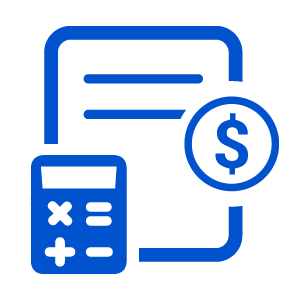



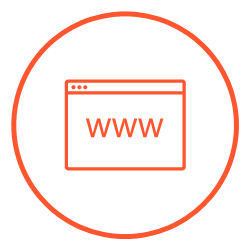
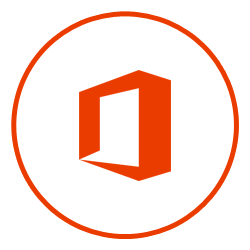

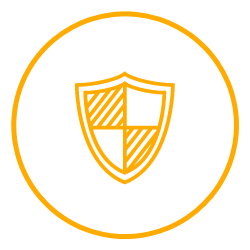
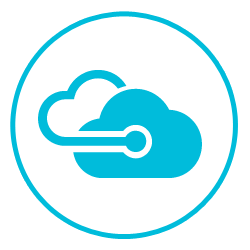

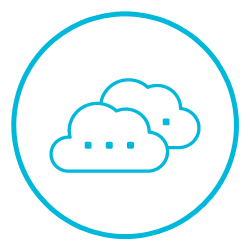









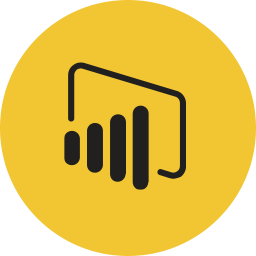

.png)



.png)


